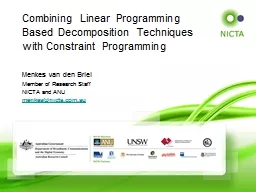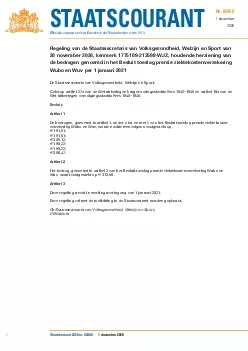PPT-Menkes van den Briel
Author : pasty-toler | Published Date : 2016-02-19
Member of Research Staff NICTA and ANU menkesnictacomau Combining Linear Programming Based Decomposition Techniques with Constraint Programming CPbased column generation
Presentation Embed Code
Download Presentation
Download Presentation The PPT/PDF document "Menkes van den Briel" is the property of its rightful owner. Permission is granted to download and print the materials on this website for personal, non-commercial use only, and to display it on your personal computer provided you do not modify the materials and that you retain all copyright notices contained in the materials. By downloading content from our website, you accept the terms of this agreement.
Menkes van den Briel: Transcript
Download Rules Of Document
"Menkes van den Briel"The content belongs to its owner. You may download and print it for personal use, without modification, and keep all copyright notices. By downloading, you agree to these terms.
Related Documents











![Case V arr [GRCh37] Xp22.11(23223505_23660309)x1 mat](https://thumbs.docslides.com/919779/case-v-arr-grch37-xp22-11-23223505-23660309-x1-mat.jpg)


